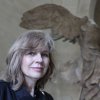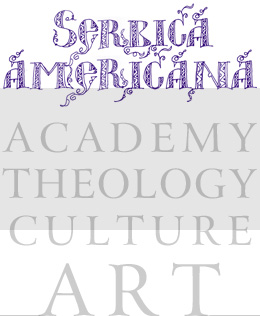After moving to the US she designed and executed large events including the Annual Bastille Day Celebrations at the French Embassy in D.C. She was a mosaic artist at St. Sophia Cathedral, Washington, DC., serving as the last apprentice to the Master Mosaicist Dimitry Dukas.
For two years she worked at Dumbarton Oaks, Washington, DC, transferring bibliographical data on Byzantine studies to microfiche, a Harvard-Oxford collaboration. In 2007, Simonida was exhibit designer and curator at The Historical Society of Washington D.C. for the exhibit “Wages of War: Bonus Army to Baghdad.” Simonida lectured at Goucher College on Jungian psychology and symbolism in art and for the last two decades, has spent much of her time as art director and executive producer of documentaries shown on PBS from which two were awarded National EMMY.
Source: Official Website
ПОЛИТИКА: Кад Српкиња у Америци споји Теслу и мит о двоглавом орлу





